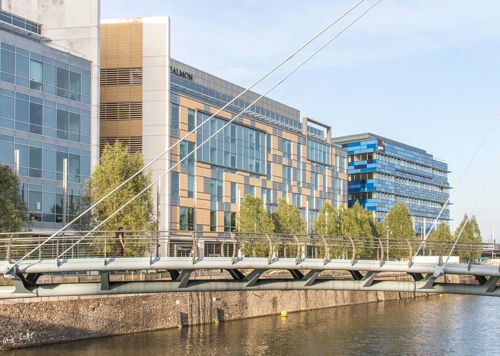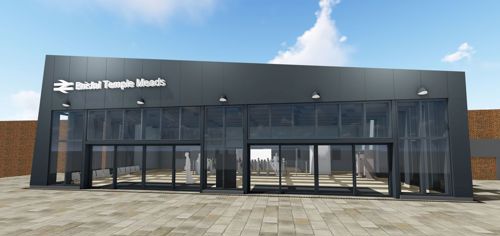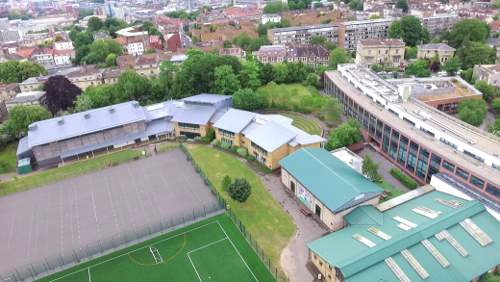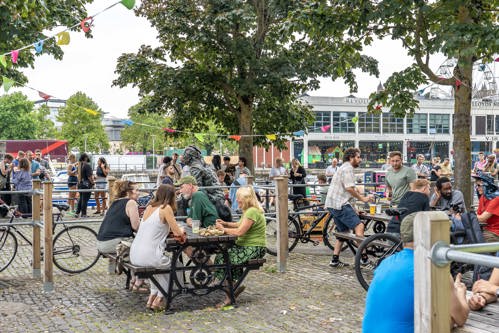Market Outlook for 2025 and Beyond: Cautious Optimism
Looking ahead, the consensus among property market experts remains for steady, modest growth rather than dramatic swings. After a brief slowdown earlier this year, Bristol’s housing market is expected to regain momentum through late 2025, supported by renewed confidence post-Budget and improving mortgage conditions.
Major forecasters project home values in the South West to rise by around 2.5%–4% in 2025, with cumulative UK growth of roughly +20%–21% over the next five years (2025–2029). In practical terms, this points to low-to-mid single-digit annual increases, compounded year after year—a “soft landing” from the post-pandemic boom.
Several factors underpin these measured yet optimistic forecasts -
- Supply remains tight relative to demand, sustaining price resilience.
- Interest rates are stabilizing and expected to ease further, reducing affordability pressures.
- Local economic strength and employment prospects continue to support both sales and lettings.
- Rental market dynamics - rising rents are likely to encourage investor activity and motivate renters to buy.
While no one has a crystal ball and unexpected economic or policy shifts could alter the picture, all current indicators suggest 2025 will be a year of stability and incremental growth for Bristol’s property market.
For sellers, realistic pricing and patience will pay off; for buyers, increased choice and improving affordability create a window of opportunity.

What’s Driving Local Housing Demand?
Even as national factors influence the market, local drivers in Bristol and North Somerset are fuelling demand in specific pockets. Understanding these can help you position your property effectively.
Improved Transport & Infrastructure

Investment in connectivity is a major draw. For example, the long-awaited Portishead railway line (MetroWest Phase 1) is slated to reopen by 2027, restoring direct train services from Portishead (BS20) into Bristol. This prospect has already boosted Portishead’s popularity for commuters. Across Greater Bristol, projects like the Metrobus network and proposed new stations (e.g. in Henbury, Ashley Down, and the reopened Henbury line) are making suburbs better connected. Easier commutes and travel mean previously overlooked areas are now on buyers’ radar.

Top Schools & Family Appeal
Many house-hunters move within Bristol for school catchment areas. Neighbourhoods such as Redland/Cotham (BS6) and Bishopston (BS7) are home to well-regarded schools (both state and independent), driving competition for family homes. Likewise, North Somerset towns boast strong schooling options – for instance, Gordano School in Portishead and Clevedon School in Clevedon consistently achieve good results, attracting families willing to commute a bit further for education. Proximity to parks and family amenities (like Leigh Woods in BS8, or Victorian parks in BS3) further enhances the quality-of-life appeal for these areas.
Economic Growth & Jobs
Bristol’s economy continues to thrive, creating new housing demand from incoming professionals. The city is a hub for technology, creative industries, finance, and aerospace engineering – with large employers such as Airbus, Rolls-Royce, the BBC Natural History Unit, and numerous fintech start-ups. This robust job market (Bristol’s job score rose sharply in 2024 according to one index) means a steady influx of buyers and renters relocating for work. We’re also seeing graduates from the city’s universities choose to stay and buy here. In North Somerset, the proximity to Bristol’s jobs (via M5 or rail) allows residents to enjoy a coastal lifestyle while working in the city – the classic “best of both worlds” scenario that keeps demand high.

Lifestyle & Regeneration
Beyond fundamentals, people simply love the Bristol area’s lifestyle. The city frequently ranks among the best places to live in the UK for its vibrant culture, food scene, and green spaces. Recent waterfront redevelopments (such as Wapping Wharf and Harbourside) and neighborhood regeneration in South Bristol have created trendy new hotspots.
Areas like Bedminster (BS3) now host popular cafes, markets and art trails, shedding old images and drawing young professionals. Meanwhile, coastal towns like Clevedon and Portishead offer sailing clubs, seaside cafes and a more relaxed pace – which became especially desirable post-Covid as buyers prioritized space and scenery. This mix of urban buzz and easy access to the countryside (and coast) continues to drive demand from both local movers and relocating buyers (including not a few Londoners making a lifestyle move westward).